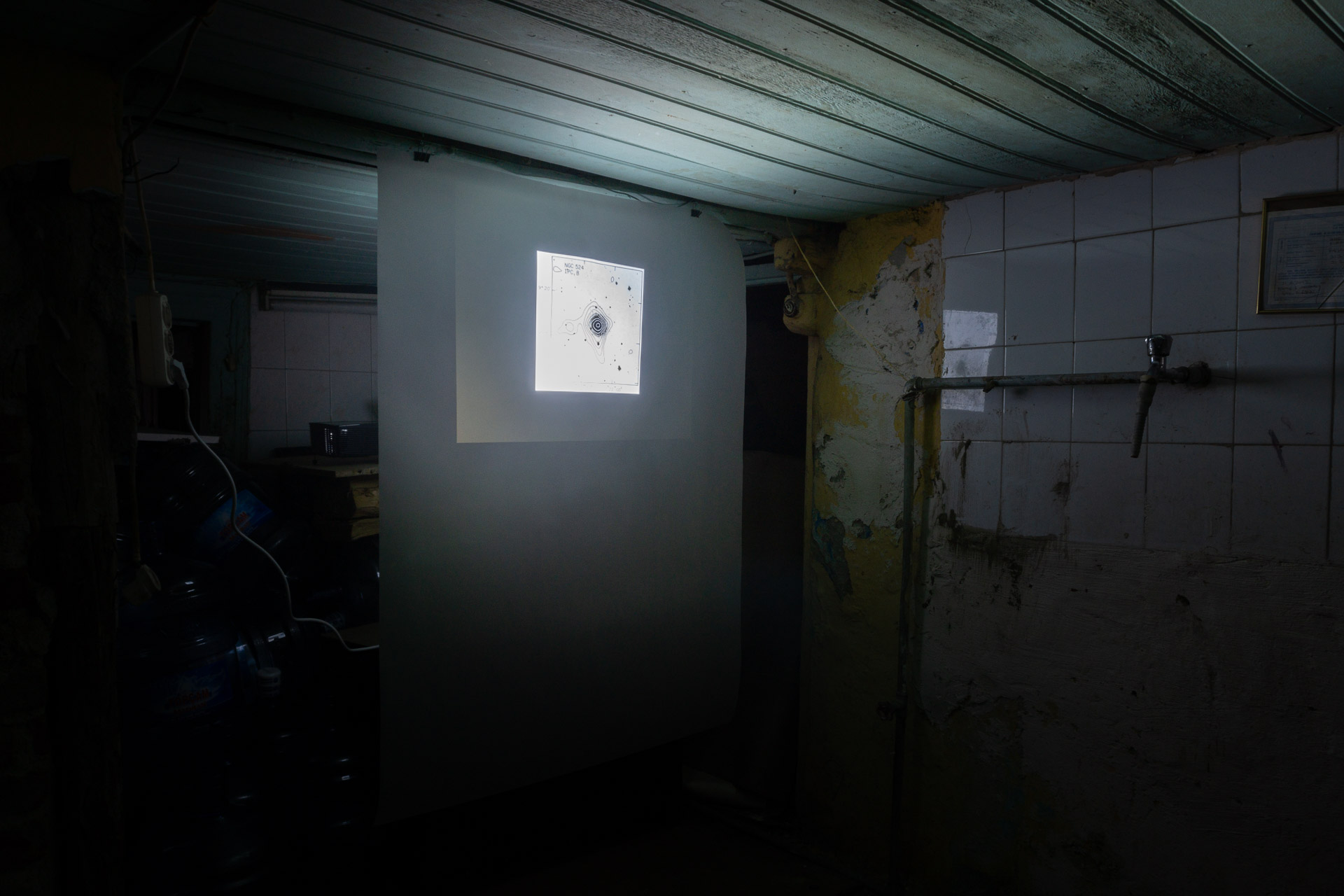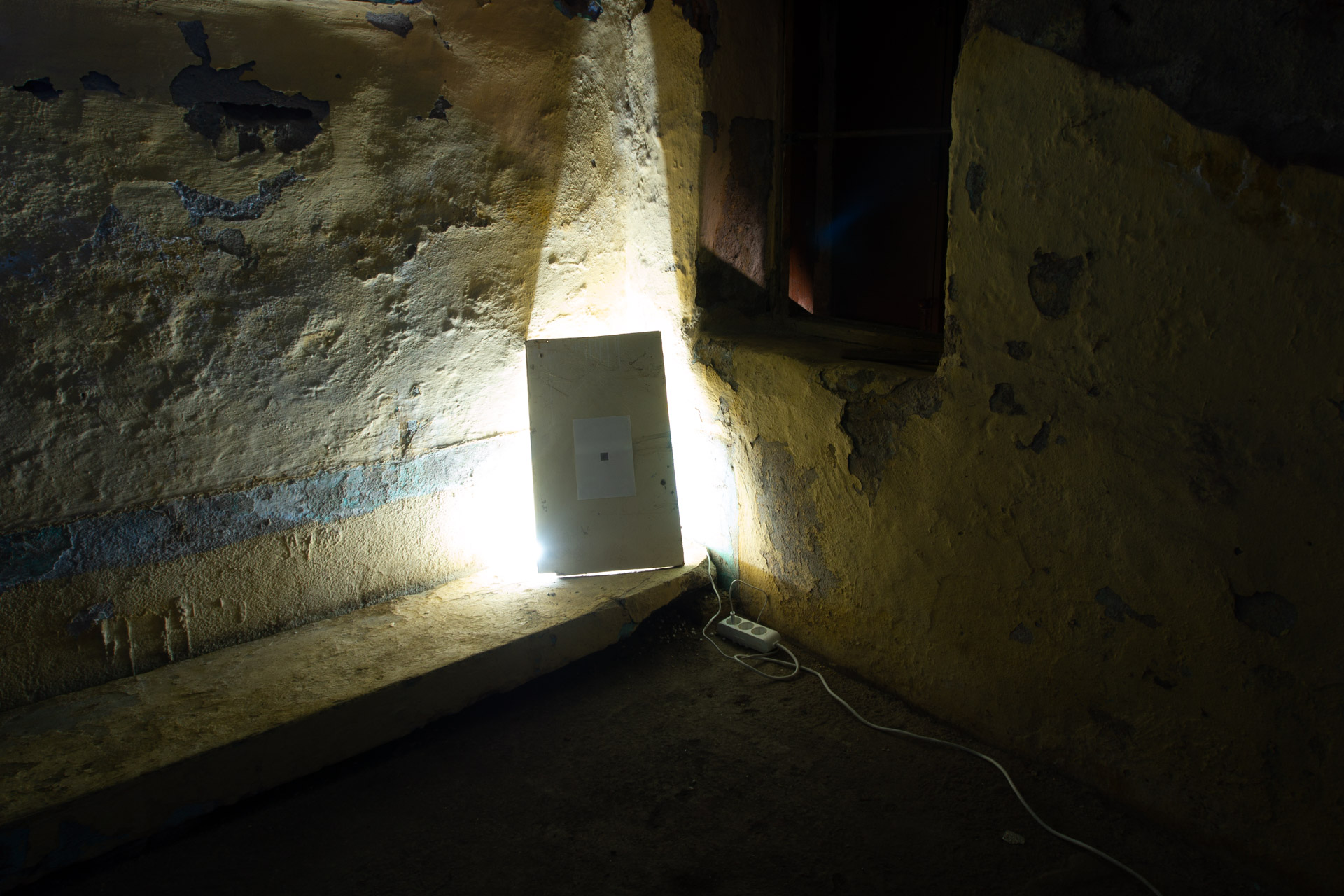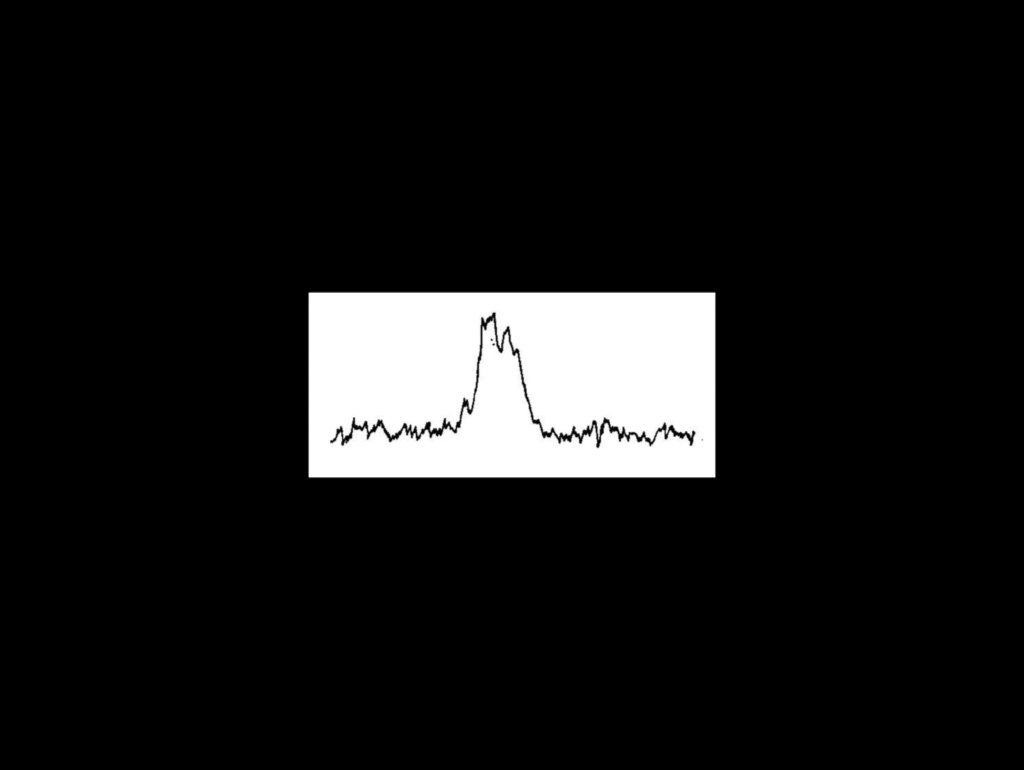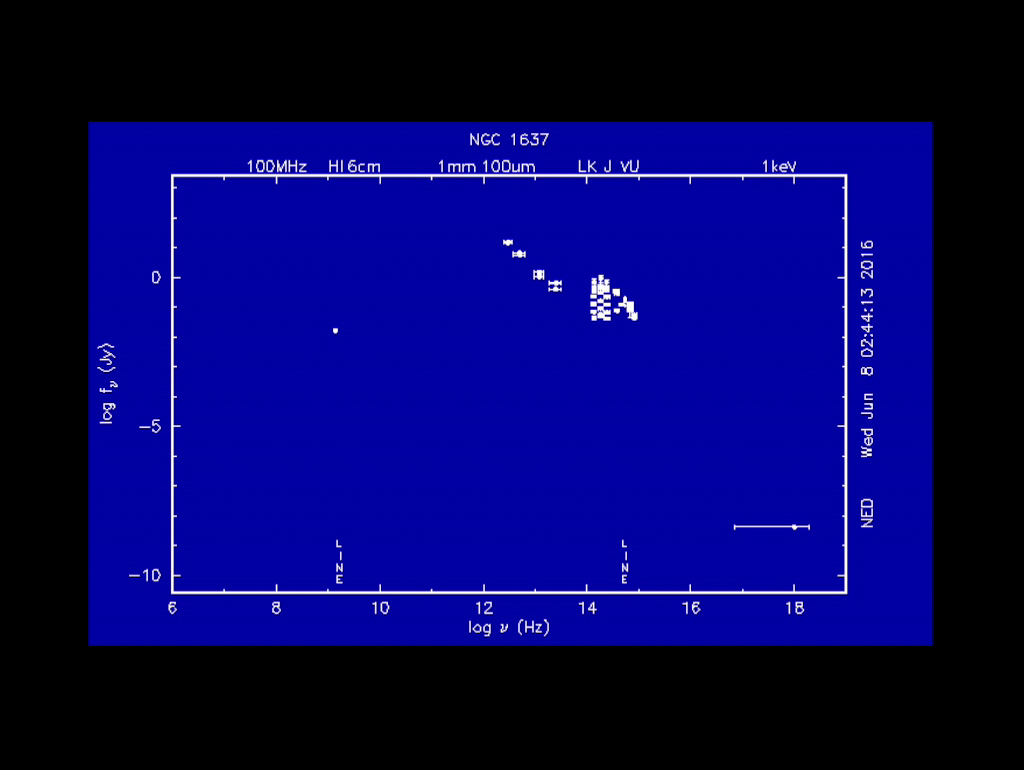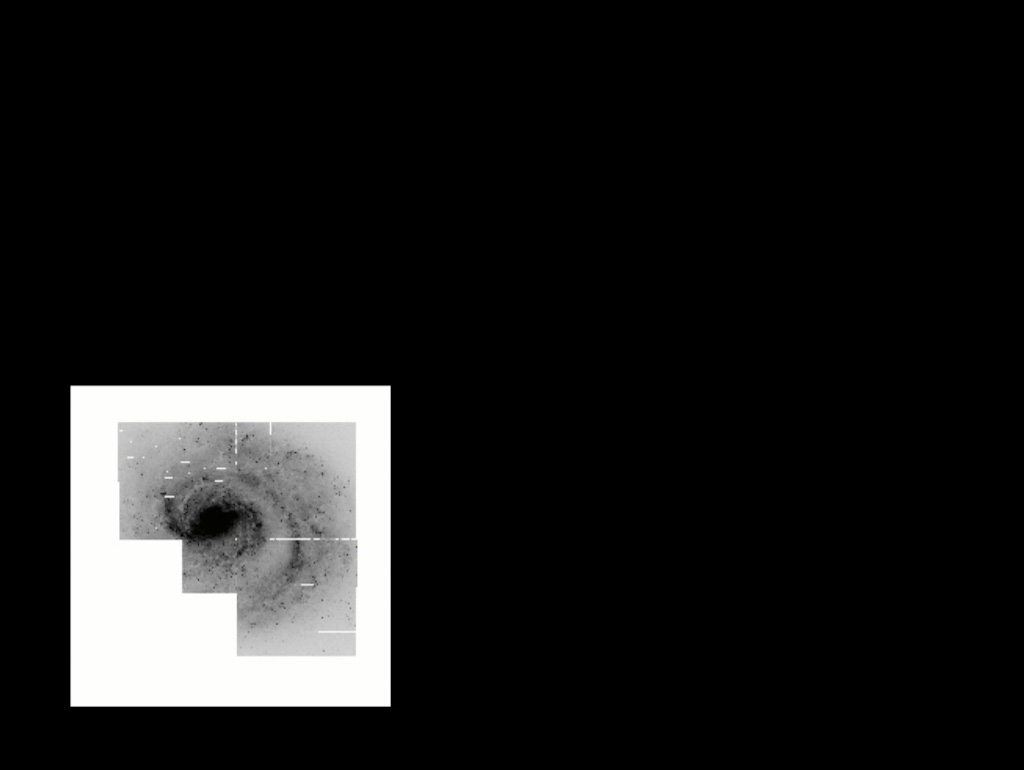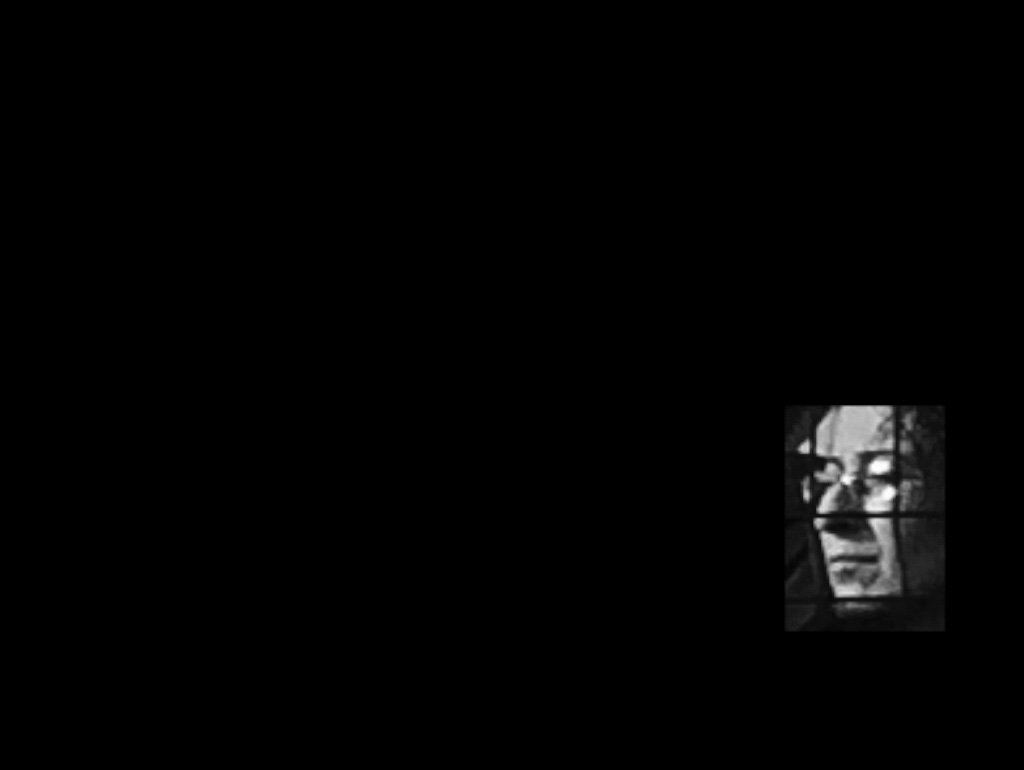Interstellar Cartography
Installation: Video, Found Objects
HD Video 4′44″, Various Dimensions
2016
Interstellar Cartography is a site-specific installation for the "DARAĞAÇ | bu arada" exhibition, located in an old house at 1519th Street in İzmir's Umurbey Neighborhood. The work brings together a narrative hypothesis and material objects, positioning a video work and chosen found objects within the basement of a dilapidated residential building. The installation combines science fiction and sociopolitical allegory, inviting viewers to investigate themes of isolation, technological failure, and existential confinement through the simulation of an extraterrestrial narrator.
At the heart of the work is a video installation consisting of an reportage of enigmatic dispatches penned by a stranded alien on Earth. The action is followed through the creature's struggle to repair a faulty cartography device to enable it to return to its home planet. The dispatches, set out as fragmented text and images, surround the basement as a functioning and sheltered space for the alien in its terrestrial exile. The environment is converted into a psychological microcosm—a isolated room wherein the alien's struggle to transcend spatial limitations collapses with its fading sanity.
The basement itself is a material manifestation of Jorge Luis Borges' concept of "The Aleph," a point where all levels of time and space converge. In this case, the claustrophobic area—dimly lit, lined with ancient equipment, and pregnant with an atmosphere of suspended time—mirrors the alien's fractured mind. The maps-covered walls, the scribbled equations, and the failed machinery create a sense of a desperate search for domination of the unknown. This precise staging of the room creates a liminal space, dissolving the line between the inner spaces of the protagonist and the viewer's experiential one.
Aside from the science-fiction approach, Interstellar Cartography operates on present-day socio-political stakes. The claustrophobic feel of the basement symbolizes the psychological burden of contemporary systemic restrictions, from surveillance to geopolitical exile. By situating the alien's struggle in a marginalized community like Darağaç, the novel implicitly compares extraterrestrial alienation to human alienation under oppressive systems. The use of "found objects"—discarded materials that have been salvaged from the site—grounds the narrative in local factuality, bridging speculative fiction and the socio-economic conditions of the host culture.
The project's interdisciplinary approach—combining literature, architecture, and media art—reflects a more critical understanding of the human condition in tension with progress. Borges' Aleph, recontextualized here, is a symbol for the irony of limitless vision encased: the alien, like the modern subject, perceives sprawling fields of connection but is thwarted by them. In its multiple narrative and spatial dialectic, Interstellar Cartography urges audiences to challenge fantasies of freedom and agency in an age of diffuse control.
By interweaving cosmic mythos with terrestrial facts, the installation positions failure, not as endpoint, but as stimulus for reflection: on the technologies' limits, the politics of space, and the search for transcendence universal.
